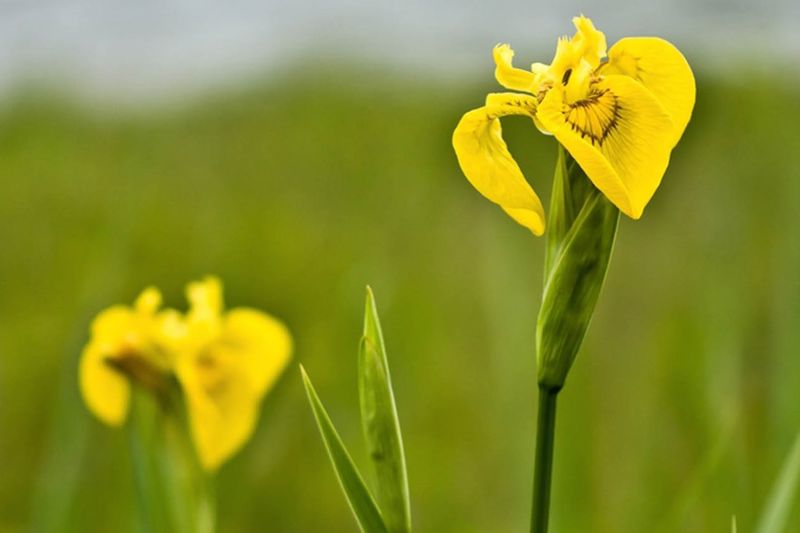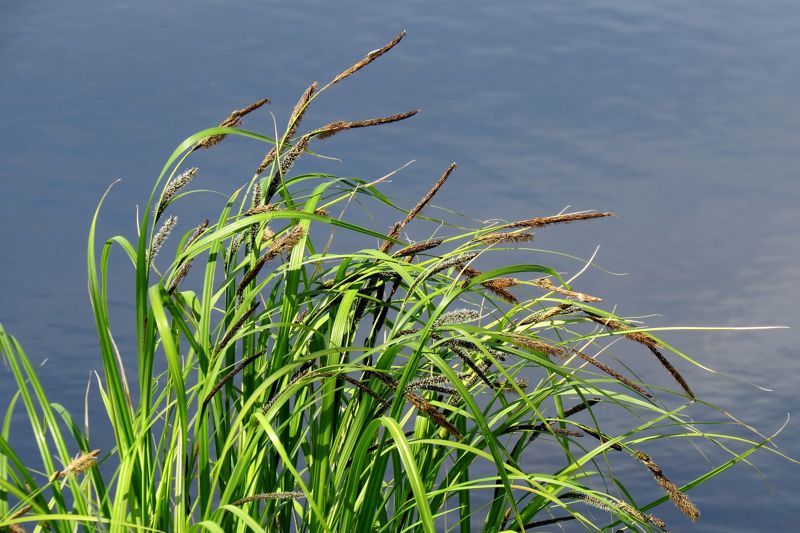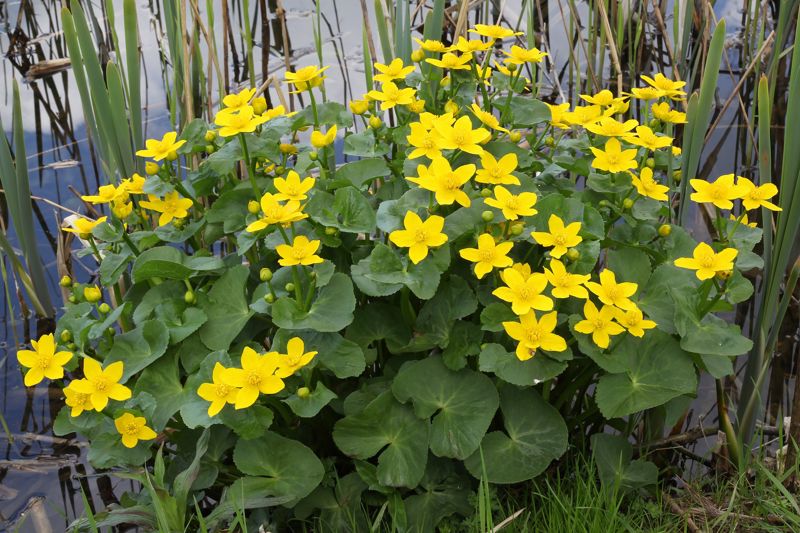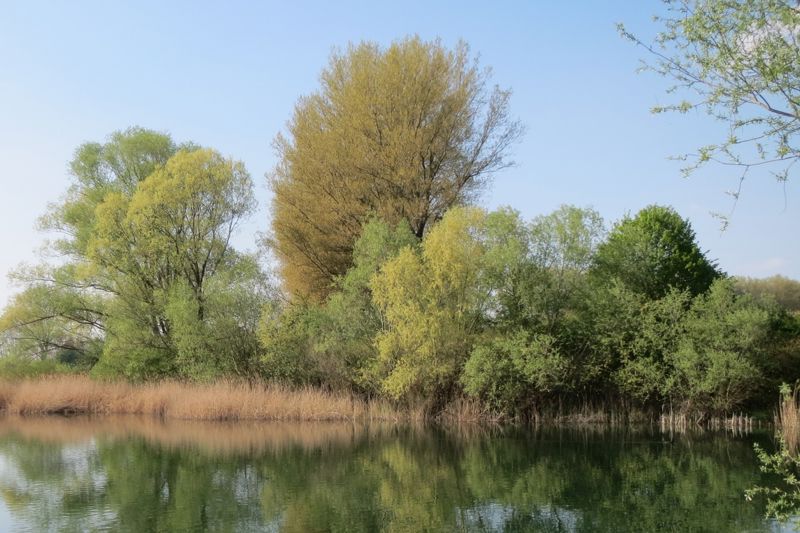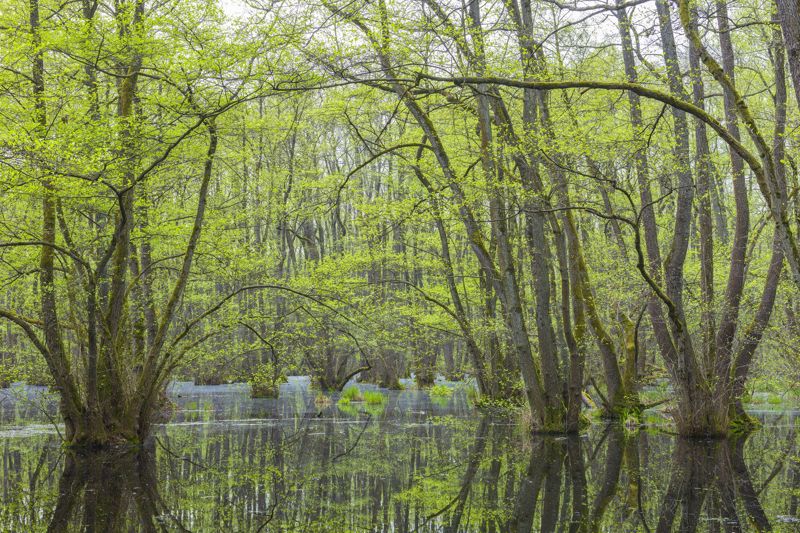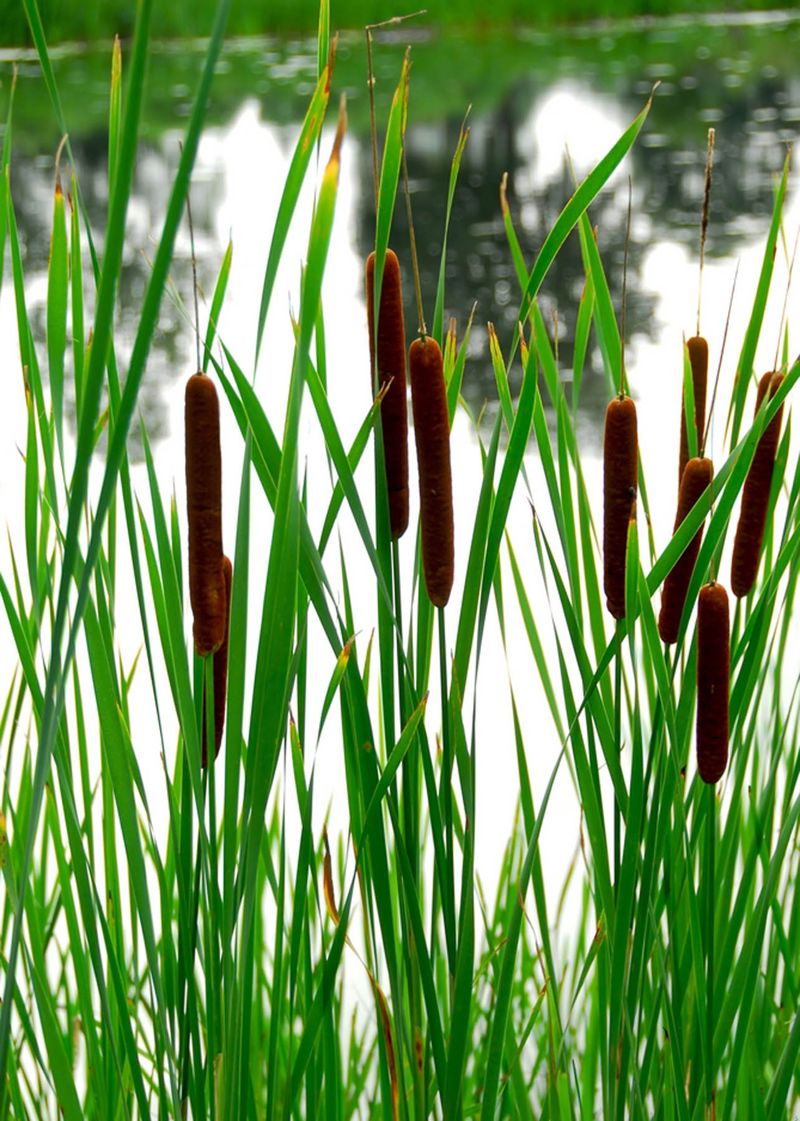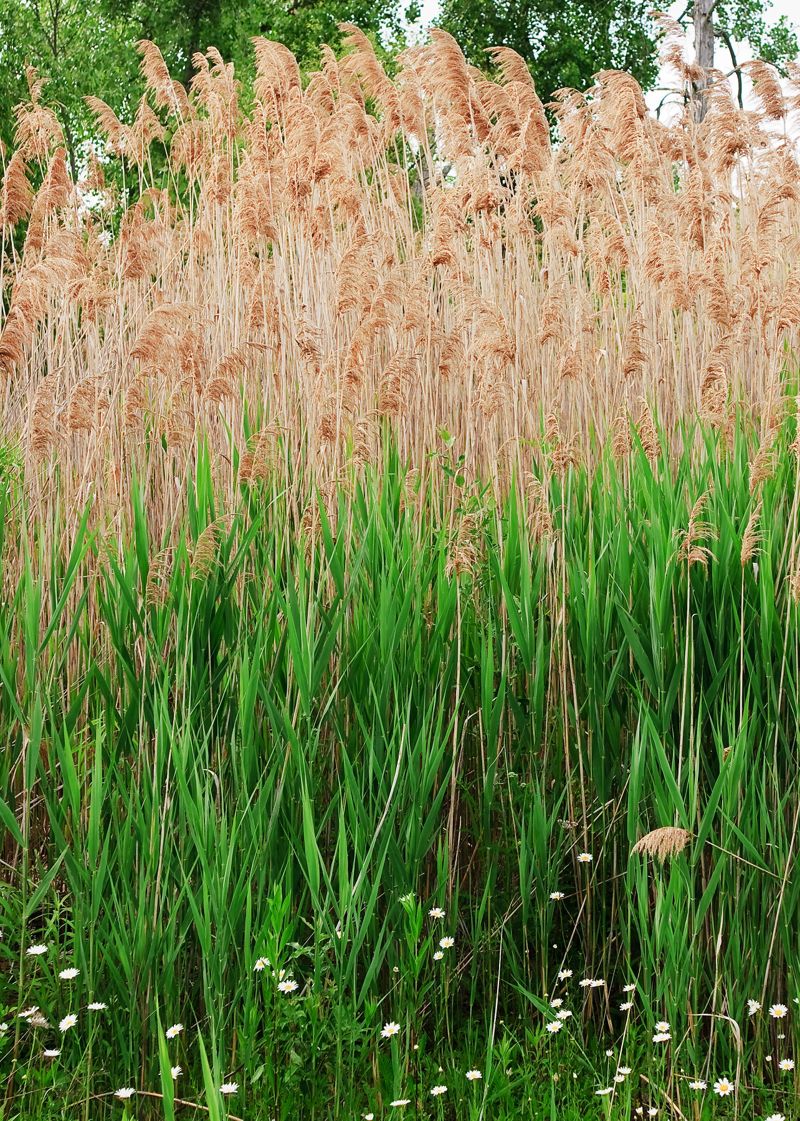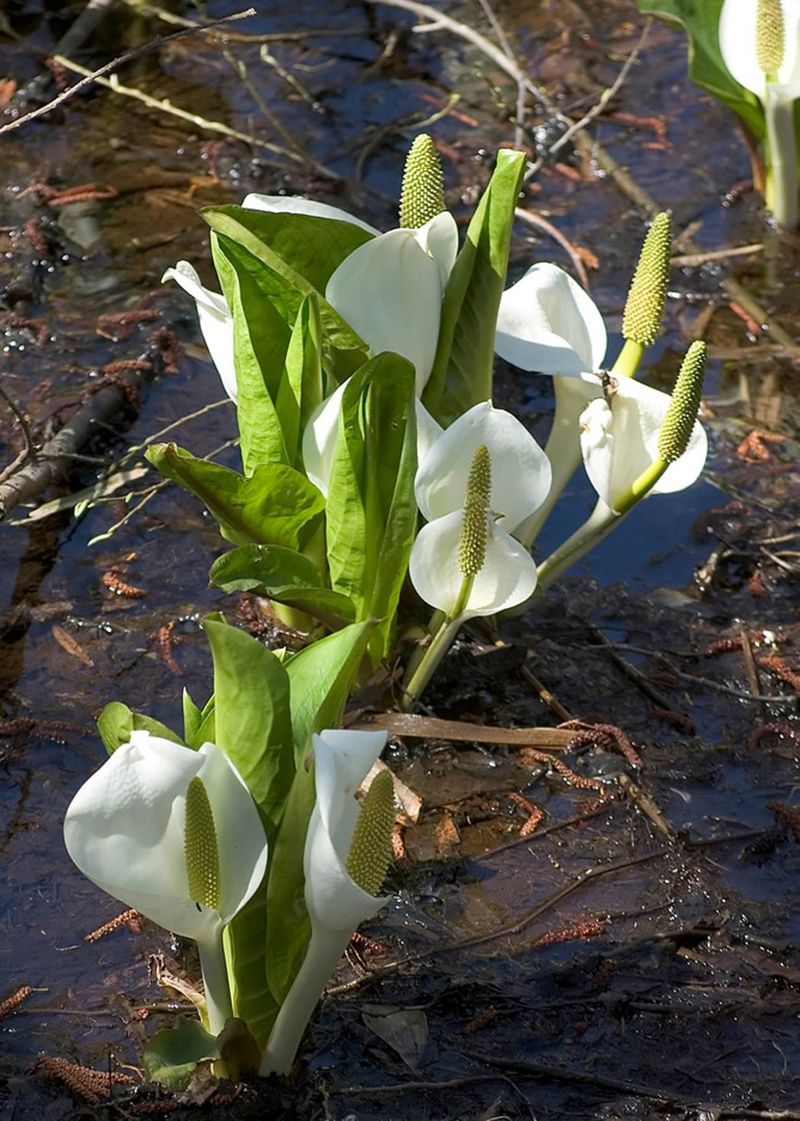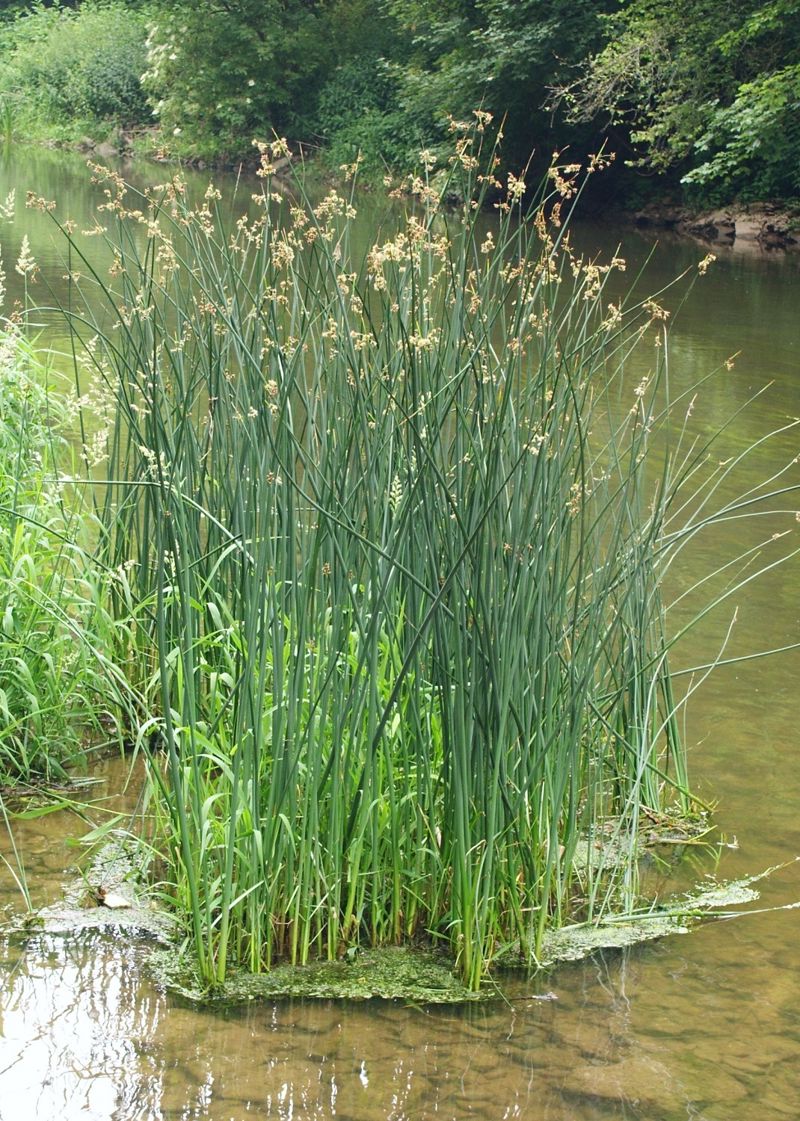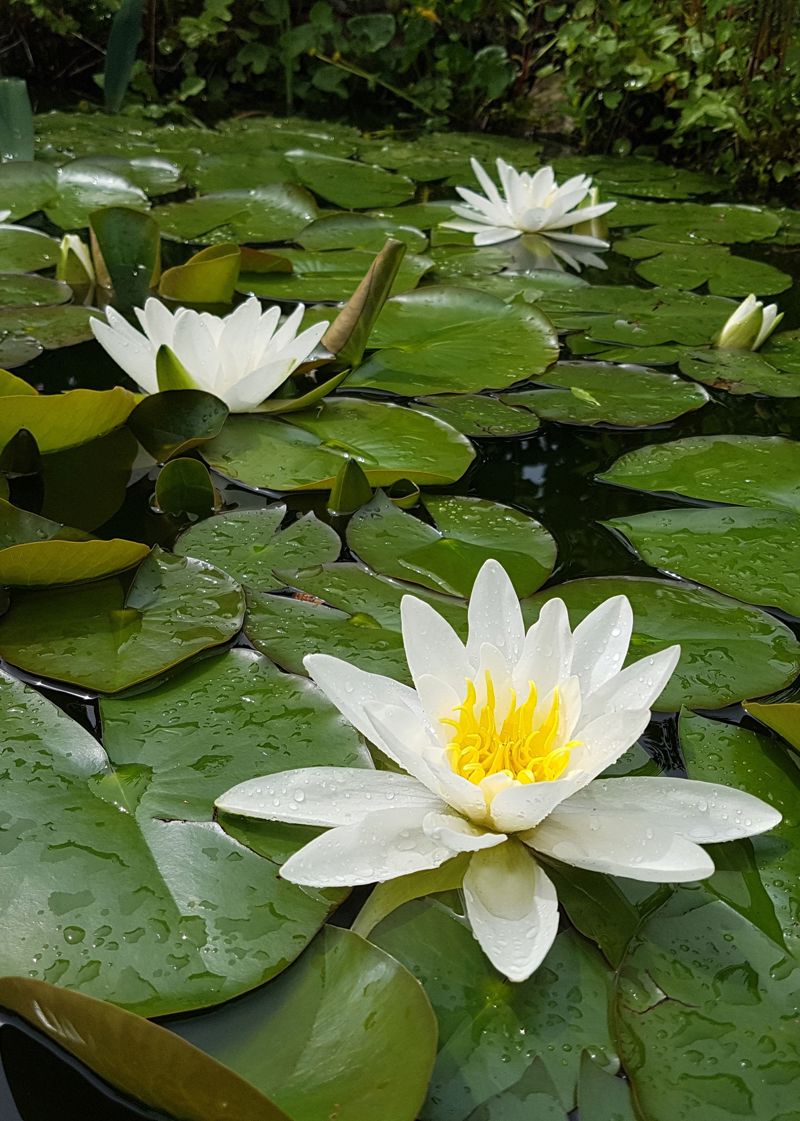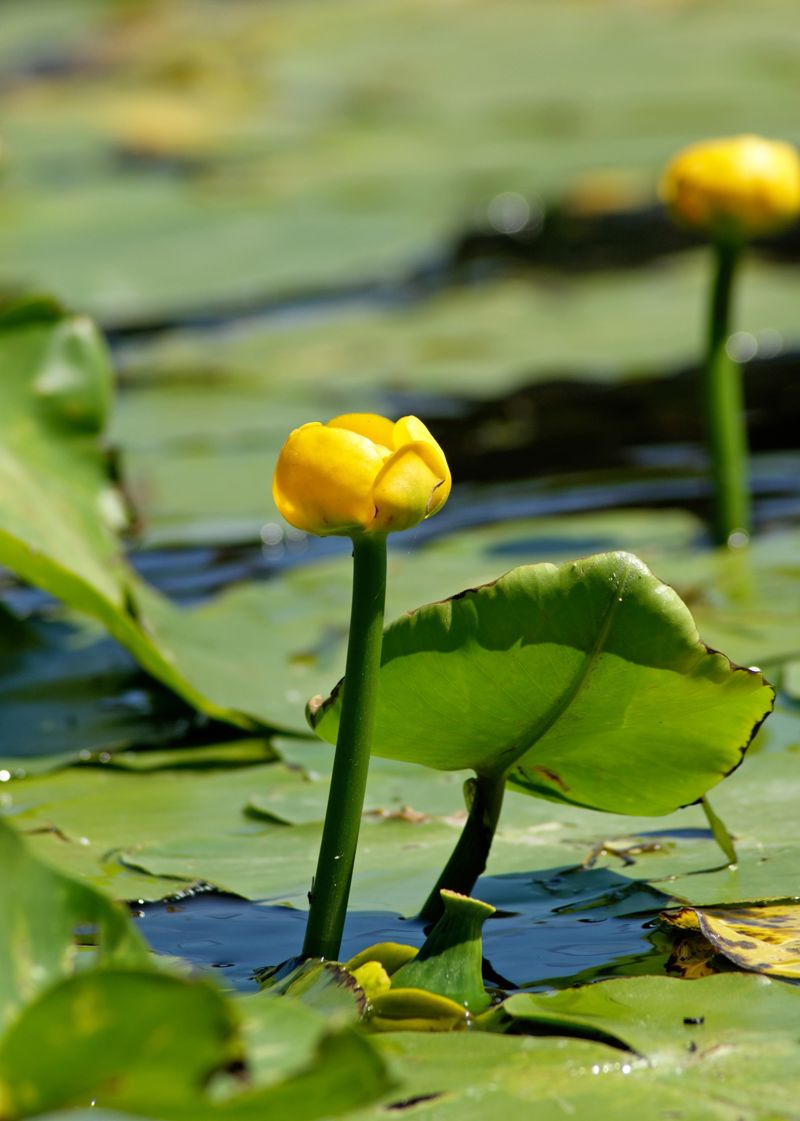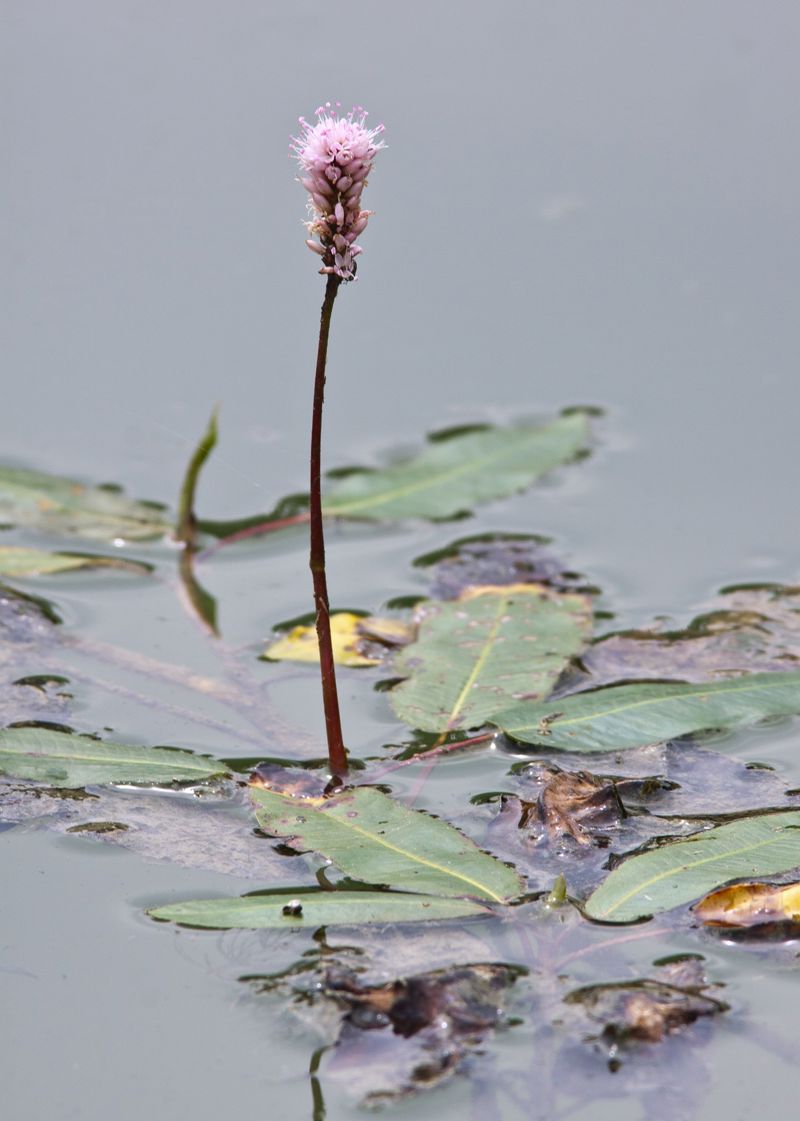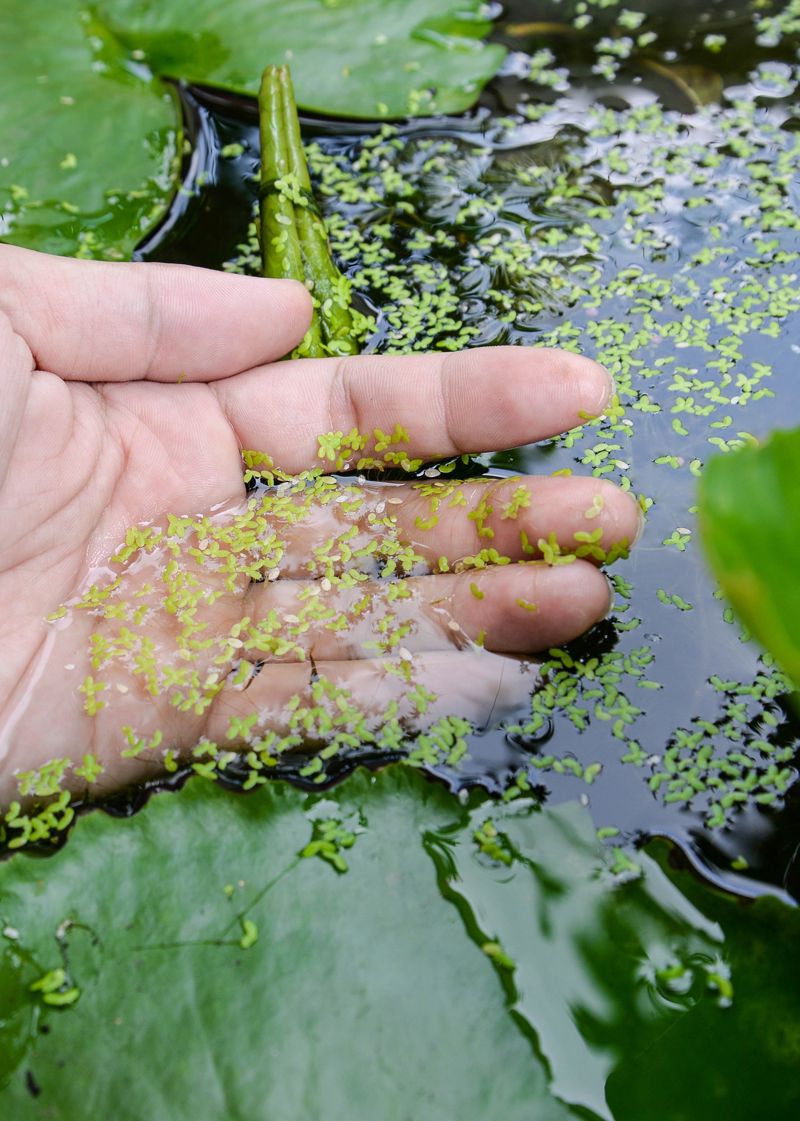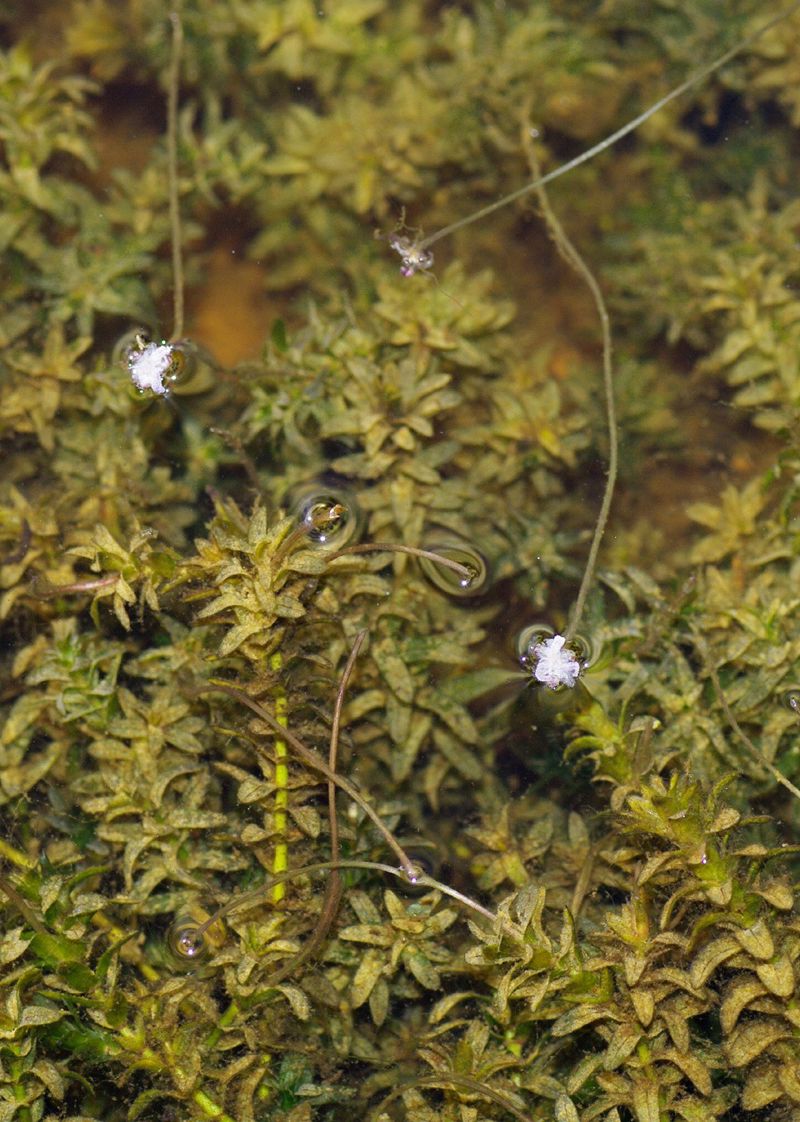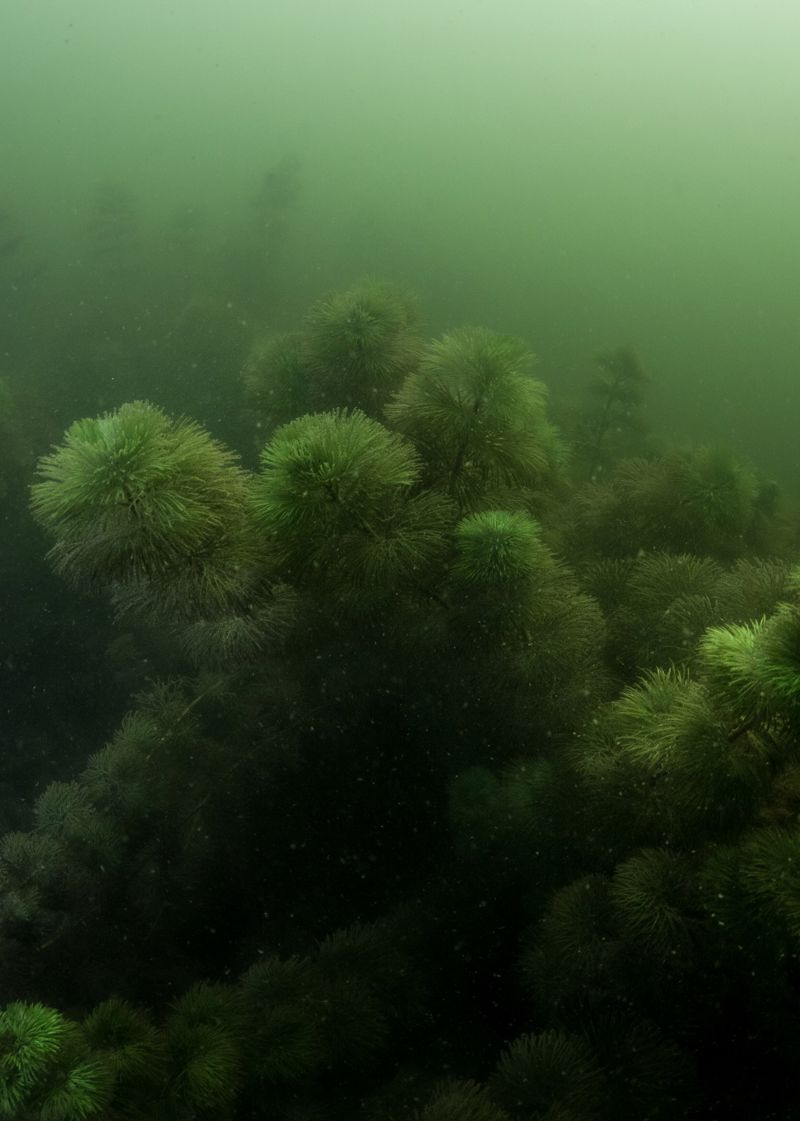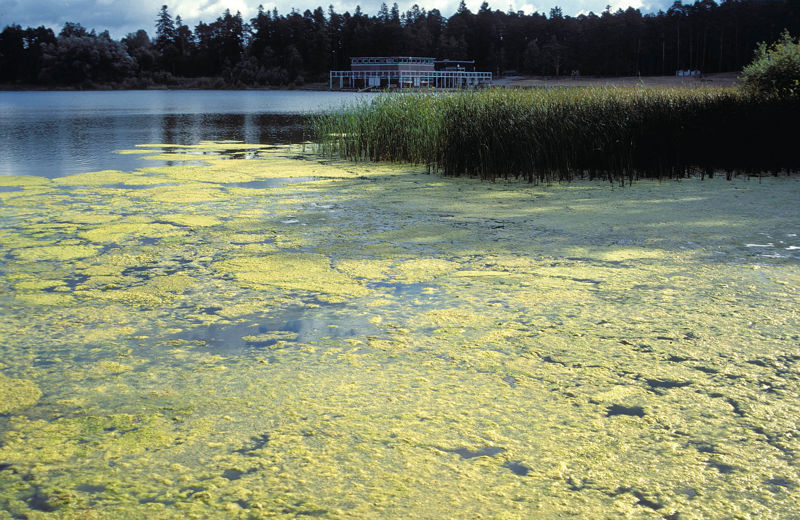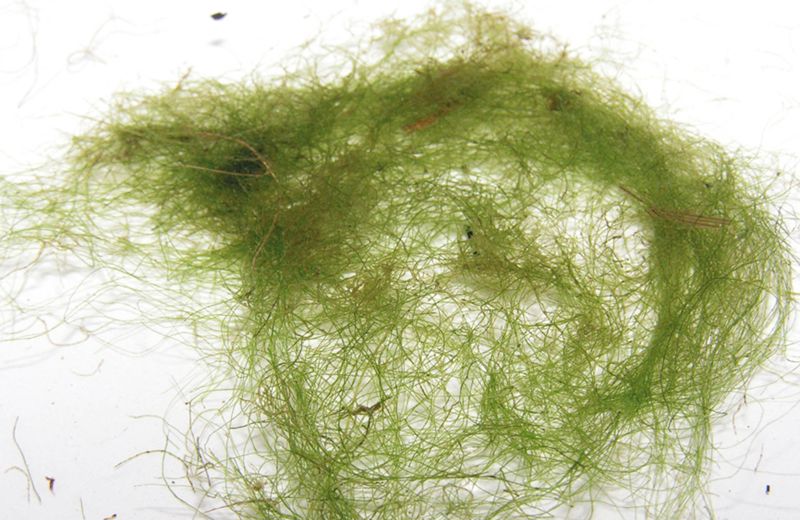- Which plants grow on the lake shoreline?
- Which plants grow in the shallow water?
- Which types of algae grow in lakes?
Shoreline plants grow on the border between water and land
We have learned about the most common aquatic plants and their adaptations to life in water. They can be found growing in many lakes. Different species of aquatic plants grow in zones at different depths. Most of the plants growing in a lake have strong roots or rhizomes for attachment, so that the waves do not pull them apart. In addition to the plants attached to the lake bed, a wide variety of algae floats in the surface layer of the lake.
Dense and lush vegetation usually grows on the shore of the lake. The roots of the shoreline plants are in the moist soil of the banks of the water bodies. In the normal state of the lake, they have little to do with the life of the lake. As water levels rise, shoreline plants may occasionally become flooded and remain underwater. Plant species characteristic of bogs often grow by the lake. There are, for example, various sedges, the yellow flag and the marsh-marigold. Trees can also grow on the shores of the lake. Willow and black alder tolerate such moist soil and sometimes even excessively wet environments well.
- Yellow flag
- Marsh-marigold
- Willow
- Black alder
Aquatic plants grow at different depths of the lake
Emergent plants such as bulrush, reeds, marsh calla and club-rush grow in shallow water near the shoreline. The stems and leaves of the plants growing here usually extend out of the water. Various aquatic animals find shade between such emergent plants.
Further into the water than the emergent plants, a zone of open water plants with floating leaves begins. Plants with floating leaves include the white water lily and yellow water lily, which we are already familiar with, as well as some species of pondweed. Plants with floating leaves can grow in water at a depth of about 2-3 m. However, some of them (eg duckweed) float more or less freely on the surface of the water body, because their roots do not attach to anything. They can be found all over the lake.
Deeper than plants with floating leaves, only submerged plants, or benthic plants, grow. These plants grow completely in the water. The Canadian waterweed often flourishes in the lakes. There is also watermilfoil, pondweeds, and various algae. Submerged plants can also cover the bottom between the emergent plants and the plants with floating leaves. They grow wherever enough light still reaches below, so the depth at which submerged plants can grow depends on the transparency of the water.
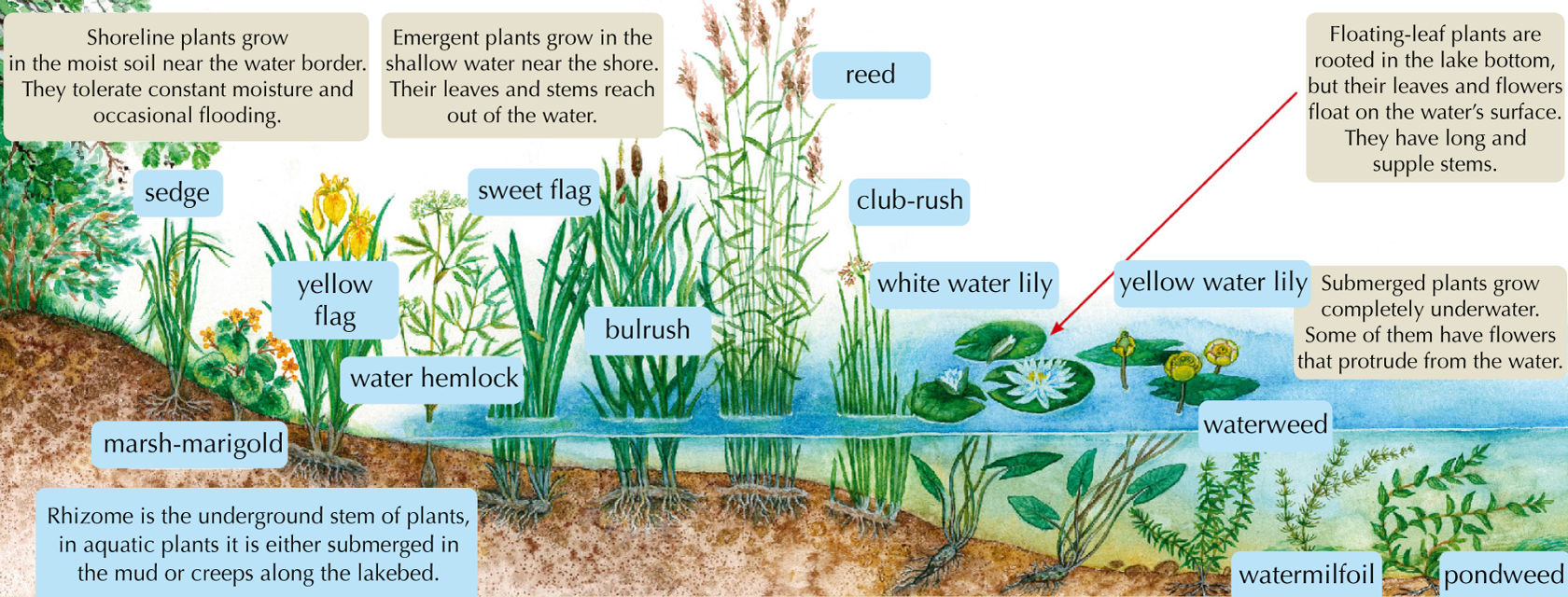
Think!
- Why are aquatic plants growing in the lakes divided into different zones?
Algae
There are also many very different algae in the water. The most common freshwater algae are green algae. Everyone who has bathed in the lake in the summer has definitely seen large, visible algae. They attach to the bottom of the body of water or rocks. However, most algae are unicellular and can only be seen properly under a microscope. Such algae can float freely in the water.
Out of all the multicellular green algae, filamentous algae grows the most in the lakes. When filamentous algae starts to grow excessively, large areas of the water's surface are covered with what looks like wet green cotton wool. If you look closely, you can see gas bubbles in the algae threads. They contain oxygen produced by algae, and carbon dioxide released during respiration. These bubbles lift the green mass to the surface of the body of water. Wherever filamentous algae cover the water's surface, it gets too dark for plants growing at the bottom to survive. Fish and other aquatic animals also find it difficult to catch prey in such dark water. In autumn, when filamentous algae dies and begins to decompose, the oxygen content of the water drops rapidly. In some lakes, oxygen may be so low that it is dangerous to aquatic animals.
- The most common type of algae in freshwater is green algae.
- Abundance of algae in lakes can decrease its biodiversity.
- Most algae are multicellular.
- When filamentous algae cover the surface of a body of water, the environment is too dark for other aquatic organisms.
Phytoplankton is found on the entire surface layer of the lake
Most algae are unicellular and can only be seen under a microscope. These algae float freely on the surface of the water where there is enough light. Such unicellular algae are called phytoplankton. Although small, the floating algae are important producers in water. Phytoplankton is the starting point of many food chains in water bodies. The unicellular and multicellular small animals that form zooplankton feed on the phytoplankton. There is also a lot of bacteria that break down the small organisms that die there.
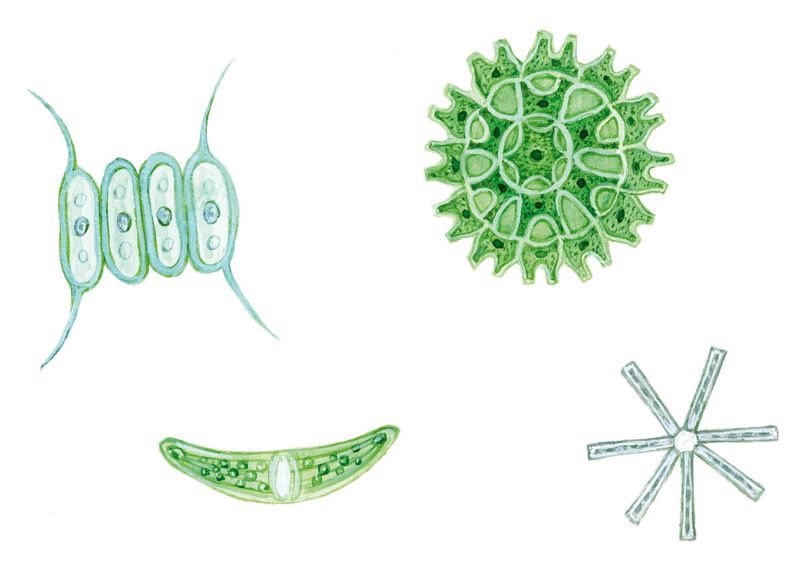
- They consist of consumers.
- They consist of producers.
- They are found on the lakebed.
- They are found in the surface layer of lake water.
Important terms
- shoreline plant – a plant that grows on the border of water and land
- emergent plant – an aquatic plant that is rooted in the ground with its stems, flowers, and leaves rising above the water
- submerged plant – a plant that grows fully in water
I now know that…
Different species of plants grow in the lake in zones at different depths. The vegetation on the shoreline is dense and lush. The stems and leaves of emergent plants extend out of the water in the shallow coastal water. A little deeper than that, a zone of plants with floating leaves begins. Even deeper, submerged plants grow fully underwater.
